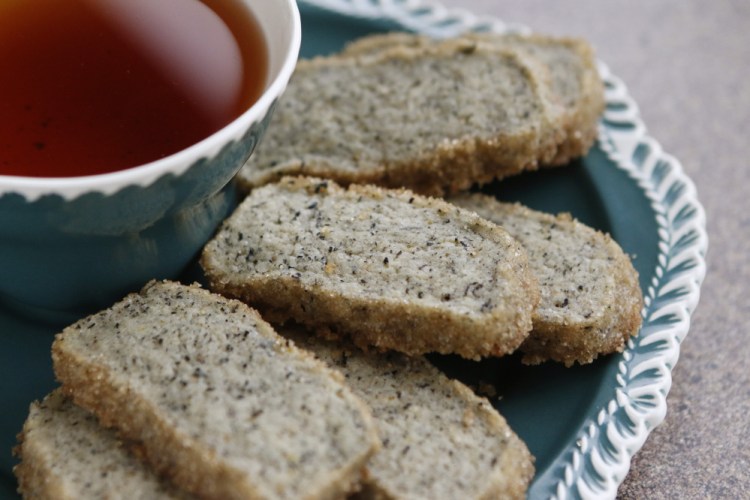I am always happy to spring forward to the pleasure of longer evenings illuminated by natural light. But losing that hour of sleep and waking to darker mornings in the short term, makes me reach for the biggest teacup in the cupboard.
Given our latitude, neither my tea leaves nor my husband’s coffee beans are ever likely to be locally sourced. I prefer Assam tea, which hails from the region of India with the same name. It lies on either side of the Brahmaputra River and is bordered by Bangladesh, Bhutan and Burma (Myanmar). He has preferred Columbian coffee since I met him 24 years ago, when he was drinking Chock Full O’ Nuts.
But that’s not to say we can’t reduce, reuse and recycle our way to a more sustainable caffeine habit.
Reducing the toll on the humans producing coffee and tea and the environment in which they do that starts with your purchasing decisions. Opt for products carrying a Fair Trade label. It’s easier to find this certification than it used to be. Fair Trade USA says 59 percent of Americans today recognize what the label means (up from 55 percent in 2013), and 40 percent regularly seek it out.
Other organizations look at ethical coffee from different angles. Direct Trade is a term used by coffee roasters who buy straight from the growers, cutting out both the traditional middleman buyers and sellers and also the organizations that control certifications like Fair Trade.
Rainforest Alliance and Bird Friendly certifications make sure coffee production is not put above environmental concerns; the latter, created by the Smithsonian Migratory Bird Center in Washington, D.C., is the stricter of the two because it requires that producers meet organic certification requirements first, and then meet additional criteria concerning forest shade cover and tree biodiversity in the forests that provide habitat for birds and other wildlife.
Another way to reduce the impact of your caffeine habit on the wider world is to buck the single serving, one-time use packaging schemes. Trade your tea bags for loose tea and a strainer. Or do as Hamburg, Germany did earlier this month and shun all single-use coffee pods – like those made by Keurig and Nespresso. That city banned coffee pods from public buildings because they contributed to “unnecessary resource consumption and waste generation” and “often contain polluting aluminum.”
If you buy your coffee by the cup, use a refillable vessel. If you forgot that at home, let the paper cup go topless and wear a glove instead of using a cardboard sleeve to protect your hands. Silly little steps? Maybe, but taking them puts you in the right environmental frame of mind.
Spent coffee grounds and tea leaves can easily be reused. Megan Wood, co-owner of 44 North Coffee in Deer Isle, uses brewed coffee grounds in her worm farm. It makes the inhabitants happy and in return they produce the compost that keeps her houseplants happy all winter long.
I use spent coffee grounds and tea leaves, mixed with equal parts warm water and white vinegar, as a means of erasing scratches in the wood floor and on my dining room table. I grind used coffee grounds with black pepper and salt in a 2:1:1 ratio to make a rub for grilled beef that is both flavorful and tenderizing. Kari Guddeck of Wicked Joe Coffee in Topsham turns to spent grounds as a deodorizer. She dries them and makes sachets to hang in closets, rubs them into stinky dogs’ fur before bathing, and uses them in the fridge, like you would a box of baking soda.
And I’m game to try a tip I read about in Real Simple magazine that advised sprinkling them over cooled ashes when cleaning out the fireplace to prevent the inevitable flyaway dust that never quite makes it into the pail.
But my favorite use for tea leaves – which tend to still have a lot of flavor left in them after a single steep – is to make cookies to dip in my tea as I enjoy the prolonged afternoon light.
Christine Burns Rudalevige is a food writer, a recipe developer and tester, and a cooking teacher in Brunswick. Contact her at cburns1227@gmail.com.
Send questions/comments to the editors.


